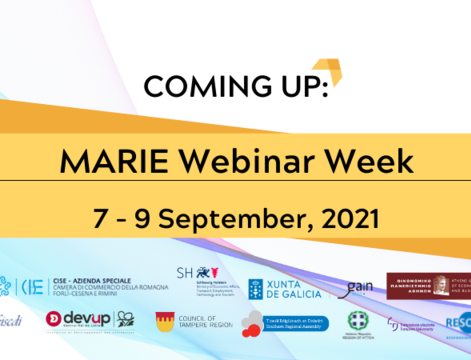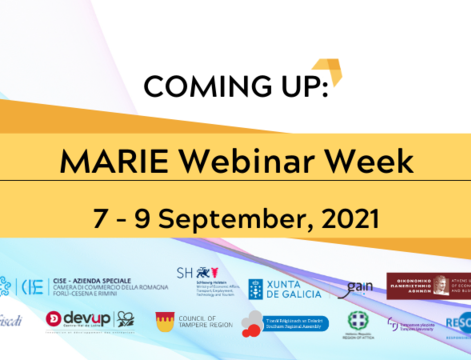Regions are entities consisting of different types of places and spaces. There are cities, towns and rural areas with different potentials and challenges.
Regions are also in constant flux due to versatile economic, social and cultural processes both internal and external to them. Megatrends, such as urbanisation and digitalisation, are affecting all kinds of regions and places by changing their positions, opportunities and future potential.
Some regions turn out to be agile Davids and some transform into powerful Goliaths, but how will these transitions happen? Do we recognise the variety of these transition processes and are they real? What kinds of urban and regional development strategies are feasible? 
Such questions were discussed during the NoRSA Conference “Davids and Goliaths: Regions in the Age of Urbanisation and Digitalisation”, which took place on 17-19th June 2019 at the University Consortium of Seinäjoki, Finland. The conference provided participants with a fascinating space to discuss regional policy, innovation and development today.
During the panel session “New tools for regional development”, Anna Ciechomska from Tampere University and Mika Raunio from Migration Institute of Finland presented innovation platforms and RRI as policy measures in Tampere region – a study which was implemented as a part of the MARIE project. They used a participatory active research method, with techniques including desk research, interviews and a focus group. A literature review was used to identify status quo of RRI in regional policies, as well as regional conditions and processes affecting RRI. Interviews with representatives of innovation platforms gave an insight to implementation of RRI in the region. Maturity mapping, supported by focus group, gave an opportunity to investigate policy practices supporting RRI in the region, and to indicate obstacles in using currently developed methodology to assess RRI on regional level.
The main findings showed that maturity mapping encourages consideration of different aspects of RRI in the region. The research showed also that it is very difficult to find organisations, even among innovation platforms, with a strategic, comprehensive approach to RRI. Nevertheless, there are many opportunities to add in RRI to ongoing discourses on start-ups, open innovation, circular economy etc.
After the presentation, the discussion covered difficulties in applying RRI in different organisational contexts, where not all key RRI areas are equally significant. However, participants noted, that using a structured approach to RRI can make it easier for organisations to see the full picture and choose consciously, which aspects need to be addressed in the first place.
Some more great input from and for the MARIE project!










